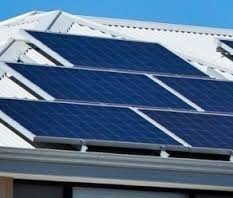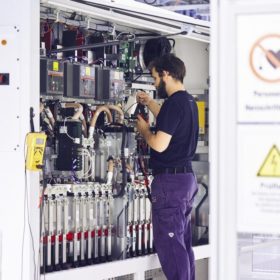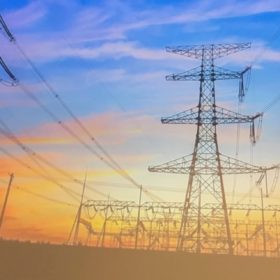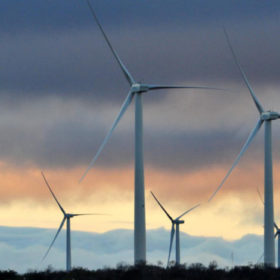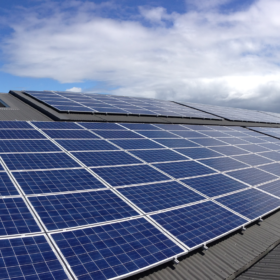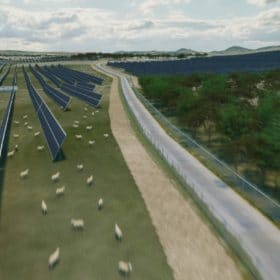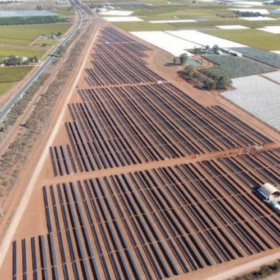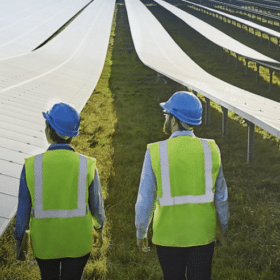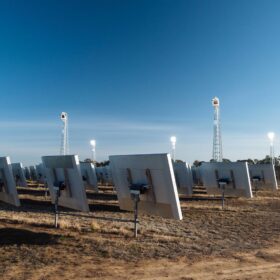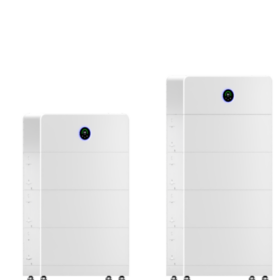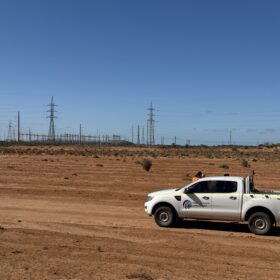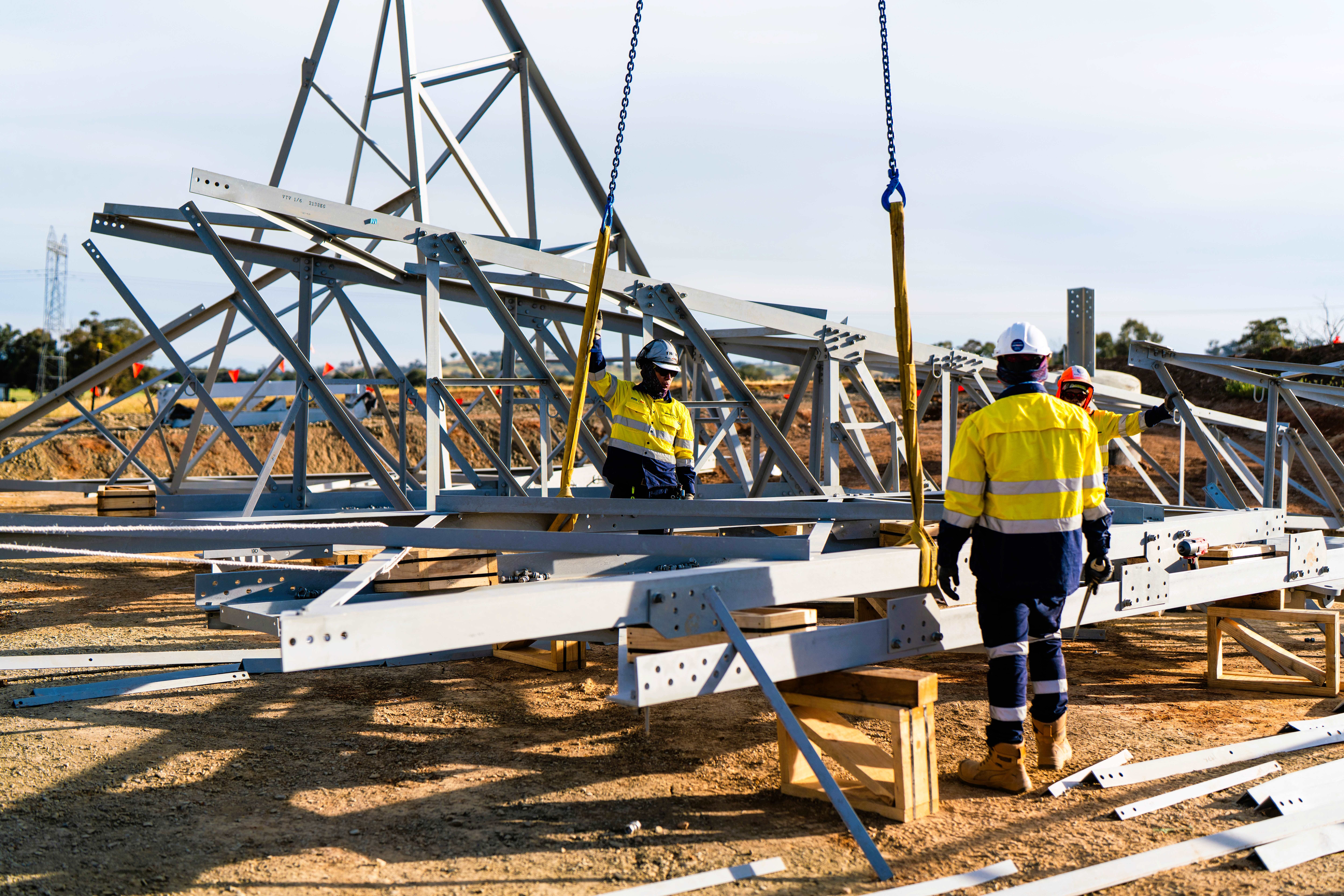Spa town? South Australia’s hot water systems set to soak in the solar
Some 2,400 South Australians will soon be fogging up the bathroom mirror without qualms about the cost of heating water, as Solahart implements a trial that controls hot water systems to put in their main effort when the sun is high.
Weekend read: Current developments
The incremental improvements achieved each year in solar are usually relatively small, and improvements to one component can easily be accommodated by the rest of the system. But every so often, a bigger change comes along, with implications that will ripple up and down the supply chain.
The race that stores the nation – world’s largest battery proposed for NSW Hunter
CEP.Energy has joined the race that stores the nation, the race, that is, for big battery supremacy. Joining giants like AGL, Origin Energy and Neoen, CEP.Energy has announced plans for a 1.2 GW megabattery in the Hunter region of New South Wales. The battery is one of four in a 2 GW battery storage portfolio planned throughout Australia.
WoodMac calls for investment in grid flexibility through more ambitious RET
Wood Mackenzie has called on policymakers to revise the Renewable Energy Target with more ambitious goals and, concordantly, large-scale investment in grid flexibility to ensure new renewables can join the grid. If we don’t act in this pivotal moment, WoodMac believes we will be left holding stranded assets.
Wind farm contracts prove costly for AGL
Australia’s largest energy retailer, AGL Energy, has revealed a stunning $2.69 billion write-down to its asset value with plunging power prices taking a toll on its renewable energy operations.
Analyst warns large-scale market could slow record growth
Australia’s embrace of solar PV continues to scale new heights but industry consultancy SunWiz has issued a word of caution, suggesting “increasing headwinds in the industry” could curtail growth in 2021.
WA announces state’s largest VPP pilot, allocating $35m
Western Australia’s government has today announced plans to construct what will be the state’s largest VPP to be hosted in the Perth suburb Southern River.
120 MW agrivoltaic Wallaroo Solar Farm set for 2021 construction
Spanish-Japanese renewable energy company Univergy Solar and local partner New Energy Developments are set to begin construction on the 120 MW Wallaroo Solar Farm on the NSW/ACT border by the end of 2021. The agrivoltaic installation will operate symbiotically as a generator of clean energy, grazing land, and a thriving habitat for native vegetation and pollinators.
WePower and Mojo combine to offer blockchain-enabled Retail PPAs
WePower has delivered its blockchain-enabled Elemental technology to Mojo Power for the establishment of the Mojo Marketplace, an online shopping setup whereby businesses and industry can shop for locally sourced renewable energy retail contracts.
Macquarie sets up unit to build 8 GW solar project pipeline in Europe
Green Investment Group, owned by Macquarie, has launched Cero Generation, which will operate on a European scale and carry out both ground-mounted and commercial scale power generation projects. It will also provide integrated energy storage solutions.
